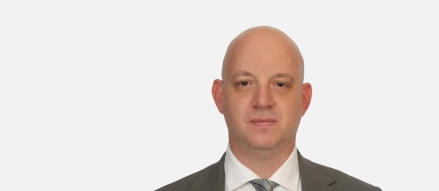Investor uncertainty continues as portfolio managers struggle to come to terms with the post-QE paradigm shift. Central banks have signaled a two-pronged approach to policymaking. They will try to use their balance sheets only to quell severe financial instability, and at the same time keep rates higher to fight inflation.
Risk assets: Equities and bonds are positive (12.7% and 1.84% respectively). Equities have been higher, with overall valuations above average, but closer to “fair” if we exclude tech. Bond yields remain elevated, however they have been pricing in rate cuts that have not been announced, or even signaled, by central banks.
2023 is still a Fed’s market. Lack of a ‘clear’ Pivot (a likely scenario) could keep risk asset performance subdued. Maintenance of the Fed’s hawkish/neutral stance could depress a further rebound.
Equities: We are generally neutral on equities, on a valuation basis. We expect that equity volatility can continue as high rates and general policy uncertainty deprive the market of a clear direction. Regional fundamentals are diverging. Alpha could better be found at the second level of asset allocation (regional), third (industry selection) and fourth (fund selection).
Fixed Income: We are neutral. Given that bond yields now price in significant interest rate cuts, we are reserved as it is not likely that policy makers will oblige. Like equities, we think that Alpha could be found at the second level of asset allocation (Duration, Creditworthiness, Corporate vs Sovereign, Regions)
In terms of calls, we have to say that our conviction remains as low as our visibility. Remaining neutral is a valid option in such circumstances.
So then, the questions we are trying to answer are;
A) Apart from some weaker banks, will something else break? Currently we feel that volatility is contained to weaker assets and regulator/central bank interventions give some assurance that contagion will not happen. However, we do expect other things to “break”, as rates remain elevated.
B) Will those things that “break” be systemic? This is hard to define beforehand. Dangers in shadow banking, real estate (especially commercial) and private equity, could spill onto other assets, especially pensions. For more than a decade, low yields have pushed non-equity investors into more dangerous asset classes. The key will be again central bank reaction.
C) Will central banks be able to sustain a dual war against inflation and market instability? We believe they can, for the time being, as long as volatility incidents remain contained. However, as a long-term strategy, this may not be sustainable and central banks might have to pick one fight.
Long view: The key question is whether the paradigm shift is permanent. If it is not, then the recent past is a good guide for asset allocation. If, however, quantitative easing is no longer a viable strategy due to secularly higher inflation, then things are different. There is life beyond the Fed Put to be sure. But markets finding their way back to investing on the fundamentals will be a volatile process.
George Lagarias, Chief Economist
Join our upcoming economy webinar
On Wednesday 26 July, join our Chief Economist and Chief Investment Officer as they discuss the current economic landscape, both here in the UK and globally.
sign up today





